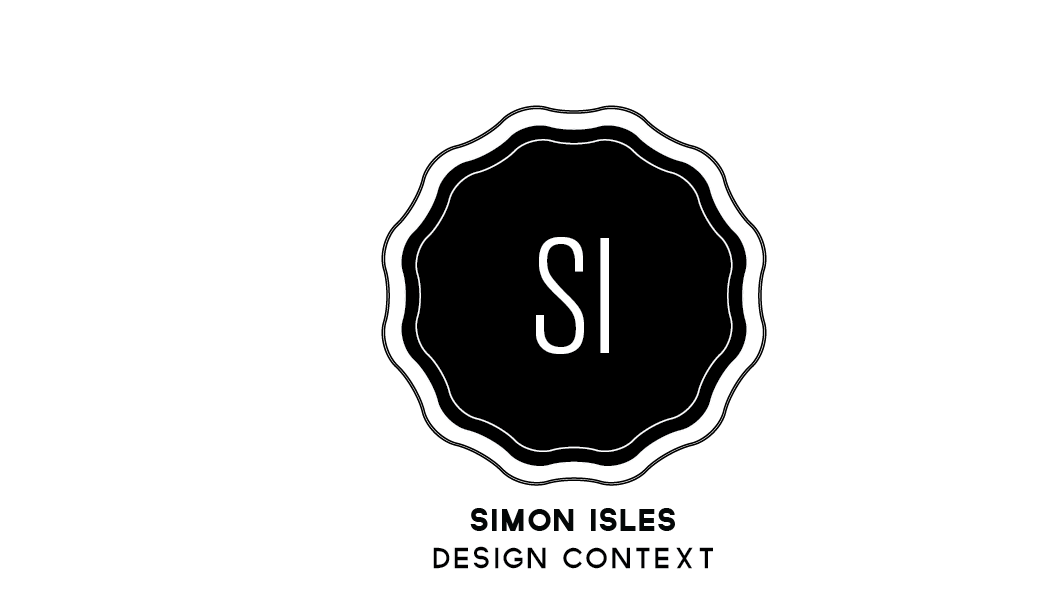Italian Vernacular
Cinema
1970s
"Film is not the art of scholars, but of
illiterates." - Werner Herzog.
La Dolce Vita
(1960) Fellini
La Dolce Vita
(1960) Fellini
8
1/2 (1963) Fellini
There is a lot more
to Italian cinema …
•Audiences
•Historical and social
context
•Economics
“A forkful of
westerns: industry, audiences and the Italian western,” Christopher Wagstaff
•prima visione and seconda visione – cinemas
that attracted a middle class sophisticated audience usually in major cities, audience selected a
film to watch
•terza visione – less populated areas, cheaper tickets, audience went to
cinema based on habit rather than selecting a film. Films were more formulaic and
popular films
Examples of filone
•Giallo – based on detective
novels
•Spaghetti Westerns
•Mondo/Cannibal film
•Poliziottesco – police procedural
The Good, the Bad
and the Ugly 1966 directed by Sergio Leone
•Use of sound
•Use of Music
•Lack of dialogue
•Use of eye line and
cutting
•Differences in scale
•Use of camera to tell
a story
•Fragmentation of body
•Catholic references
Focus on Giallo
•Italian for
"yellow" and stems from the series of cheap paperback crime and
mystery novels with trademark yellow covers.
Mario
Bava, Dario Argento, and Lucio Fulci
(Giallo
Directors)
•These films may be
stylish and expressionistic, but at their worst they challenge our senses and
the standards of ‘good taste’
•Exploitation movies
•Gross out movies
•Similar to American
Grindhouse/Drive-in movies
•Wonderful titles used
to sell the concept
-The Bird With the Crystal Plumage
(Dario Argento, 1970)
-The Black Belly of the Tarantula (Paolo
Cavara , 1971)
-Don't Torture a Duckling (Lucio Fulci, 1972)
-The House with Laughing Windows (Pupi Avati , 1976)
-A Lizard in a Woman's Skin (Lucio Fulci,1971)
-Five Dolls for an August Moon (Mario
Bava,1970)
-The Bloodstained
Butterfly (Duccio Tessari, 1971)
-Four Flies on Grey
Velvet (Dario Argento, 1971)
-Death Walks on High
Heels (Luciano Ercoli, 1971)
-The Case of the
Bloody Iris (Giuliano Carnimeo, 1972)
Amateur detective
as tourist
•The protagonists are
usually American or British, visiting Italy
•They usually work in
the creative industries (artist, writer, musician, fashion, photography)
•They seem to evoke a
cosmopolitan ‘jet set’ life style
Rome
Giallo Killers
•Black Gloves
•Black Hat
•Black over coat
•Disguises gender
•Priests often used as
part of gender confusionDario Argento
•The Italian Hitchcock
•Places himself in the
film – as the killer’s black gloved hands
•Visually stunning
‘set pieces’
•Shot without sound so
films could be dubbed
•Worked with Sergio
Leone on Once
Upon a time in the West
•Son
of Salvator Argento
(film producer)
•Brother
of Claudio Argento
(producer)
•Father
to Asia Argento
–actress
•Long
term partner and collaborator Daria NicolodiTypical beginning
on aeroplane.
Protagonist is an
American writer
Fast cutting using
eye-line shots
Typical Giallo killers
Story Told Visually
Stylish
disorientating POVs
•Killer-cam
•Eye line shot –
killer/victim/amateur detective
•Set pieces
•Art and cultural
references
•Semiotics
•Ambivalence towards
modernity, religion and superstition
•The Fall
Dubbing and
heightened sound
•Like Leone, Argento shot his
films without sound then added dialogue and sound effects later.
•This allows the film
to be dubbed using many languages
•Often sold to America
and Britain as ‘B’ movies – drive in movies
Product Placement
Freudian Psychology
•Many giallo demand to be read from psychoanalytical
point of view
•Based on false memory
•Childhood trauma
•Fetish (eyes, gloves, cut-throat raiser)
•Solution of mystery
lies in art
•Works
of art in gialli are often subverted and associated with the madness of the
psychopath and regularly provide a conduit into the past and into the mind of
the antagonist.
Are
exploitation films worthy of examination?
•Innovation
and auteurship
•Necessity
is the mother of invention
•Technical
mastery
•Visual
critique based on spectacle rather than literary critique based on narrative
•Tells
us about different kinds of audiences and modes of viewing
•Tells
us about the context in which theses films were made
•Challenge
to Hollywood’s continuity cinemaIs vernacular film dead?
•Multiplexes
aimed at people with cars
•Going
to cinema is a special event
•Cinema
tickets are expensive
•DVD
and digital formats mean audiences watch in own home or on the move
•Social
aspects of film-watching done on line rather than at the cinema
American/Canadian
Giallo
•Black
Swan (Darren Aronofsky,2010)
•Death
Proof (Quentin Tarantino,2007)
•Dressed
to Kill (Brian De Palma, 1980 )
•Halloween
(John Carpenter, 1978)
•Black
Christmas (Bob Clarke, 1974)
•Bondanella
, P (2009) A History of Italian Cinema Continuum Publishing
Corporation pp 419-424
•Clover, C J. (1993) Men, women
and chain saws: gender in modern horror film U.S.A.: Princeton
University Press
•Eleftheriotis,
D (2001) Popular cinema of Europe: texts, contexts and frameworks.
London and New York: Continuum
•Hunt,
L (2000) A Sadistic Night at The Opera: Notes on the Italian Horror
Film in Gelder, K (2000)The Horror Reader London, Routledge p324
•
Koven, M (2006) La Dolce Morte: Vernacular Cinema and the Italian
Giallo Film The Scarecrow Press, Inc.
•Maltby,
R & Stokes, M (1999) Identifying Hollywood's audiences:
cultural identity and the movies. London: BFI p175
•Wagstaff,
C. A Forkful of Westerns: Industry, Audiences and the Italian Western.
In Richard Dyer and Ginette Vincendeau. (Eds) ( 1992.) Popular
European Cinema. London: Routledge,
•Discussion
http://www.offscreen.com/index.php/pages/1011/
•La
Dolce Vita 1960 Fellini – The Trevi Fountain\
•The
Good, the bad and the ugly 1966 Sergio Leone The end ‘dig’
•Set
piece - The girl who Knew too much 1963 – Mario Bava
•Famous
window ‘set piece’ from The bird with the crystal plumage 1970 – Dario
Argento








































